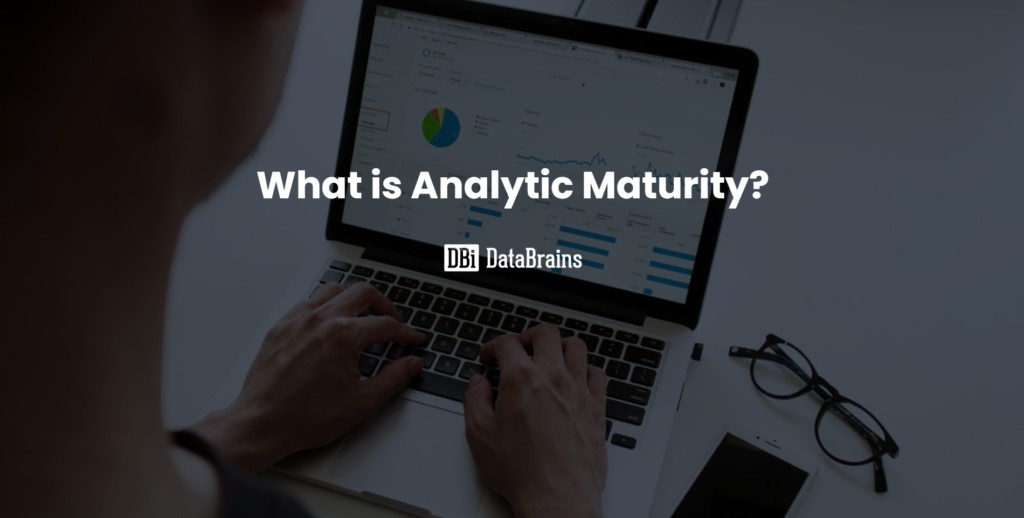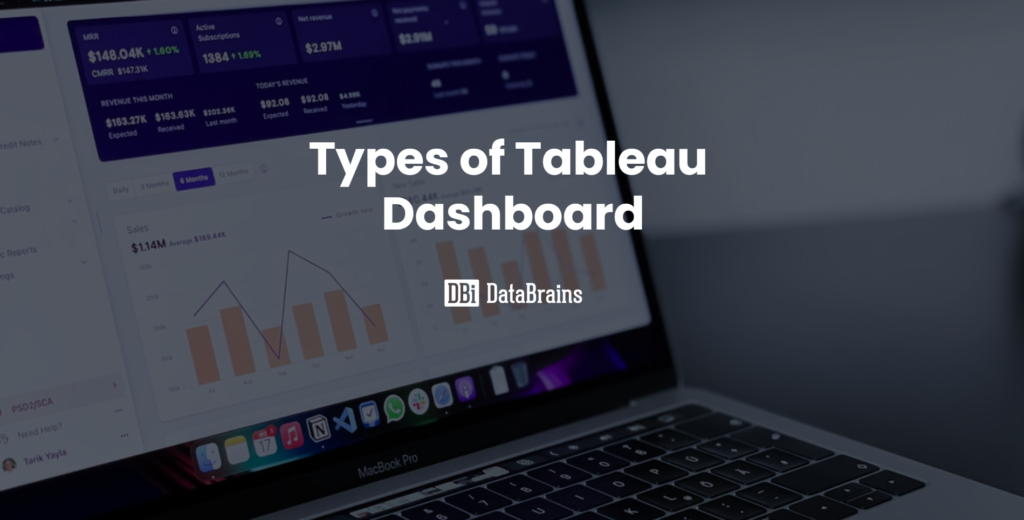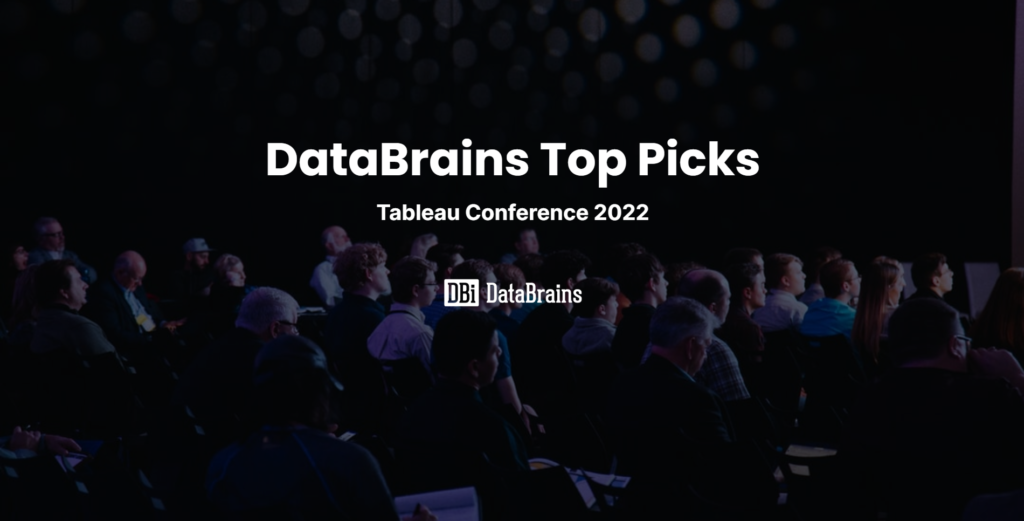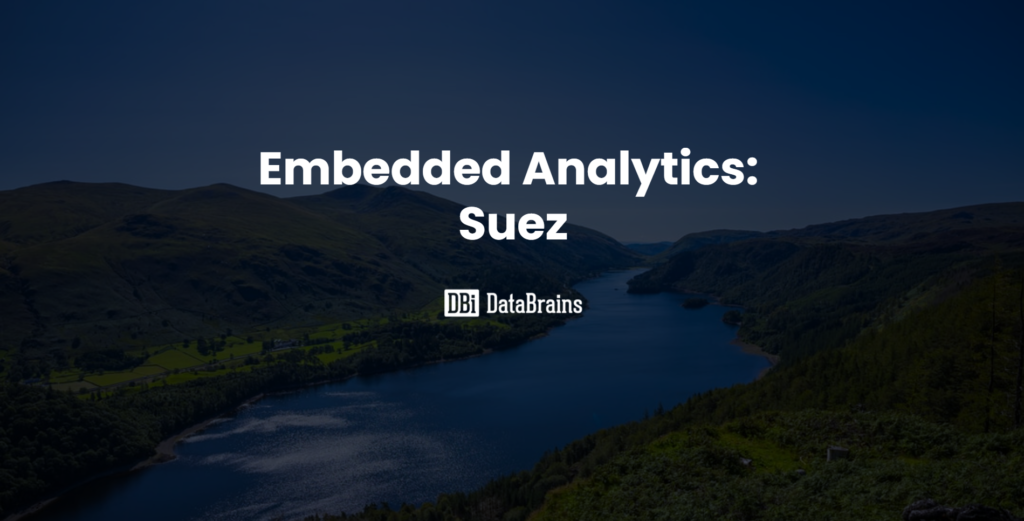
In the world of data visualization and analytics, it is a tremendous challenge for enterprises to stay ahead of the competition. AI-driven tools become more powerful every day, and to stay afloat, organizations need to master the advanced tools available to them to raise the effectiveness of their business intelligence (BI) strategy.
Tableau is the most advanced visual analytics platform in the world today. For an enterprise to remain competitive, a strong foundation of experts is needed to implement these tools in its BI strategy. This is where a Tableau Center of Excellence becomes a valuable commodity.
What is a Center of Excellence (CoE)?
A Tableau CoE is a team of individuals working as a cohesive unit whose goal is to provide best practices, leadership, support, and training in everything around Tableau. The CoE aids in providing an organization with guidance and direction and can boost performance rapidly due to the strength of its people and skills. To put it simply, it is the people that define what a Tableau COE can and will be.
Why a Tableau Center of Excellence?
Creating a Tableau CoE allows for proper alignment with the company’s BI strategy. Business needs often change, but BI strategies do not always follow suit. This can result in a lack of cohesion in BI strategies.
By providing a robust structure to operations, a Tableau CoE can help overcome several challenges:
- Governance of data
- Speed to Market
- Ease of Use
- Change Management
Business and IT are two completely different beasts, and individuals in the two fields have vastly different skill sets. For this reason, partnerships between these two entities can be challenging to manage. Forming a Tableau CoE allows for this partnership to be strengthened by providing a defined framework for both IT and business to operate within. This leads to better collaboration and higher productivity.
How are COEs Structured ?
There are three primary structures that a CoE may have—centralized, decentralized, and hybrid.

Centralized
In a centralized CoE model, the program is managed by IT and is governed as an enterprise asset. Data is accessed by IT, and data sources and dashboards are produced by a small group of experts and passed to the business to analyze. This structure is ideal when dealing with sensitive data, such as medical records; however, due to its very nature, the access of information by the business can be slower.
Decentralized
A decentralized governance model has CoE capabilities that are controlled by several different business units. This spreads the CoE out across the enterprise and allows for data to be more readily available to the business, rather than being primarily controlled by one small group at the core of the CoE. When using a decentralized model, it is critical to set standards across the business units to ensure both consistency and data quality.
Hybrid
The hybrid model, as the name indicates, is a melding of the centralized and decentralized philosophies. The CoE is still primarily controlled by IT in deployment, but different business units within the enterprise take on governance.
What to Consider
Without proper planning, a CoE’s success will be stifled. Before beginning to implement a Tableau CoE, it’s critical to consider many different factors:
- Business Expectations – To set the goals of a CoE, one must first consider the needs and expected outcomes of the business. If the CoE goals do not align with the company’s expectations, the Tableau CoE cannot succeed.
- Proper Use Cases – Before putting the CoE in place, it’s essential to take note of the use cases for the platform. These must be identified to ensure that the CoE can be highly focused.
- Executive Steering Committee – The CoE will need an executive steering committee. This team will receive the funding and will be responsible for controlling the direction of the CoE and its buy-in across the entire company.
- Power Users – Identifying those capable of taking the data to build information to share across the organization is an important step. These are critical users and should be selected carefully.
- Development Standards – For the business to obtain usable data, it’s vital to document standards for Tableau development. All users who are responsible for authoring data should be doing so within a well-documented framework.
- Training – As Tableau is ever evolving, so too must the training practice for the CoE. Without proper training, Tableau users cannot be expected to fully utilize Tableau. Streamlined and on-going training is critical to the success of any Tableau CoE, and adoption across the business must be considered.
- Governance Model – Deciding on a governance model for IT and business units is essential. The appropriate governance option for the business needs to be determined in advance to allow for the necessary level of collaboration between IT and business.
- Success Metrics – The CoE must have clearly defined KPI’s with which to measure against. These might be related to user engagement, amount of Tableau content, or number of certified associates, to name a few. Without such measures, there is no way to determine the true effectiveness of the CoE and where improvement is needed.

A CoE’s success is highly dependent on its leadership. It is, therefore, critical to choose wisely when deciding who should lead the CoE effort.
The group or individual leading the effort should, first and foremost, understand the business’s expectations and the company’s BI strategy. One of the challenges identified previously that a CoE can help solve is the inconsistency that can develop between the BI strategy and the changing needs of the business. CoE leadership should strive to always keep these two in alignment.
The team or individual chosen to lead the CoE effort also needs to understand Tableau’s capabilities and be well versed in data visualization. CoE leaders need to have the technical capabilities to accompany their understanding of the business side of the operation.
Finally, the leader of the CoE should understand the delicate partnership between business and IT. The two can often be out of sync due to different strengths and mindsets, and the CoE leader should strengthen the relationship between these two units.
Best Practices
Setting best practices and following them is at the core of a successful CoE. Best practices should be determined by a collaboration between IT and the business, and these should be detailed. Here are some highly recommended best practices for any CoE to follow.
Point of Views
IT needs to develop its point of view on the Tableau CoE. For example, from an IT perspective, determine the scalability of Tableau throughout the organization, the ease of use for business users, and the efficiency of the platform. IT needs to use this point of view in order to determine if Tableau is suitable before it is adopted by the rest of the organization.
Conversely, the business users should also be providing their point of view on whether Tableau is able to solve their business needs, as they will have a better understanding of this than IT.
Use Cases
The use cases for Tableau should be well-documented to provide a roadmap for when and how the platform should be used. For example, data discovery may be one use case, while advanced analytics may be another. It’s important to define the use cases for the platform in advance to remove all guesswork from the equation.
Architecture
The detailed architecture of Tableau’s configuration should be developed and refined for optimal integration with the business needs. A generic approach will not suffice, as all businesses have different expectations and the architecture should allow for the level of scale and the specific functions necessary to meet business needs.
Documentation
Documentation is paramount. All aspects of the Tableau platform should be documented in whatever way is most useful to the business. With a platform that continues to upgrade, it’s critical for documentation to be maintained and constantly updated as things change or employees depart.
Provide Training
Training should be provided to all users and must cover everything they need to know for success. This can be provided in-house or could be provided directly by DataBrains.
Regular Meetings
Training should be provided to all users and must cover everything they need to know for success. This can be provided in-house or could be provided directly by DataBrains.
CoE Presence – Landing Page
A clean landing page for all CoE resources should be provided to users. Rather than information being spread out across several locations that may be difficult to find, everything should be on a well-designed landing page where you can provide links to training resources, internal documentation, and more.
Revisiting BI Strategy
Business needs are constantly changing, and BI strategy needs to follow suit. One of the primary goals of the CoE should be to revisit BI strategy periodically to determine if the strategy is still in alignment with the expectations and needs of the company.
Benefits of a Center of Excellence
The benefits of a CoE are vast but can be boiled down into six primary benefits.
- Trust – The emphasis on collaboration between IT and business units promotes a greater trust and understanding between the entities.
- Cost Reduction – Centralizing administration and infrastructure helps to reduce costs.
- Standards – Best practices are more easily defined with a CoE in place.
- Data Governance – The security of data is aided by a well-defined data governance structure within a CoE.
- Time to Market – Getting to market more quickly is a key component of a CoE, as it allows for analysis to be performed more quickly.
- User Adoption – Because a CoE should follow the best practices of proper documentation and defining use cases and points of view, user adoption of the Tableau platform should also become more seamless.

How to Get Started
Now that we’ve gone over what a Center of Excellence is and why they are beneficial, how should you get started?
The first critical step is identifying a high level of executive support. An executive who will be a champion of the project is a major catalyst for getting your CoE off the ground. This sponsor will be helpful in getting other executives on board with the initiative and providing the proper funding to get off the ground.
Next, a BI strategy needs to be developed in collaboration between business and IT to ensure that the business needs are being met and the Tableau platform is being implemented in a manner that is cohesive with those needs. The use cases for Tableau also need to be defined at this point, in order to specify when, why, and how the platform will be used. This process will also help to build and strengthen the partnership between business and IT, which is critical.
Next, the architecture must be defined by IT, with an understanding of the level of scalability needed to work within the scope of the organization’s expectations. Roadmaps must be built as well, to provide a clearly defined path for how Tableau will be implemented and the timeline of the project.
Progress and success can only be measured after these steps are put into place.
DataBrains can help with strategizing, developing architecture, and Tableau training. Contact us today to learn more about how we can help make your Tableau CoE a success.









